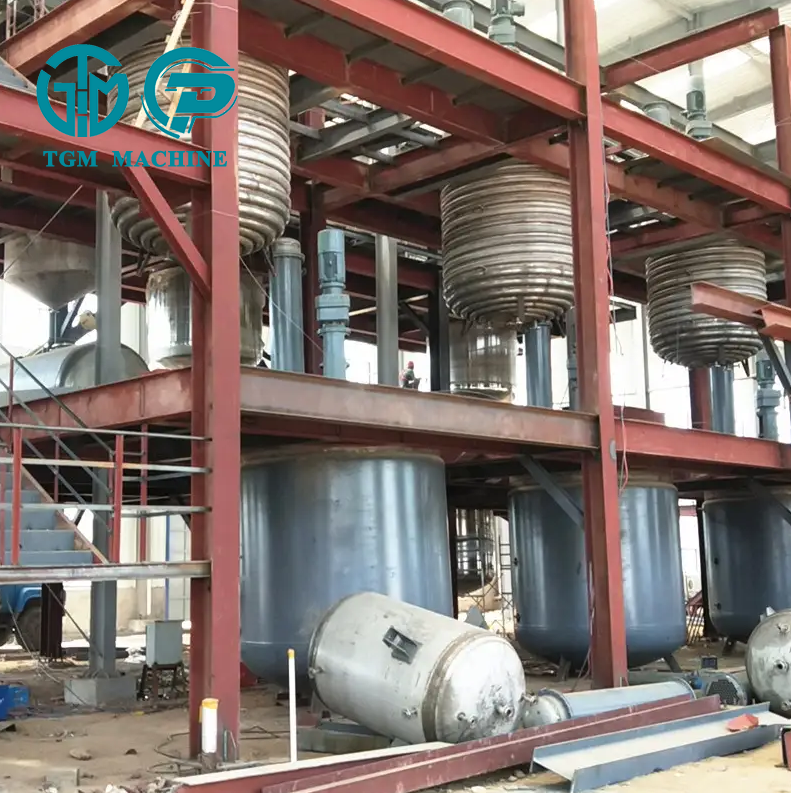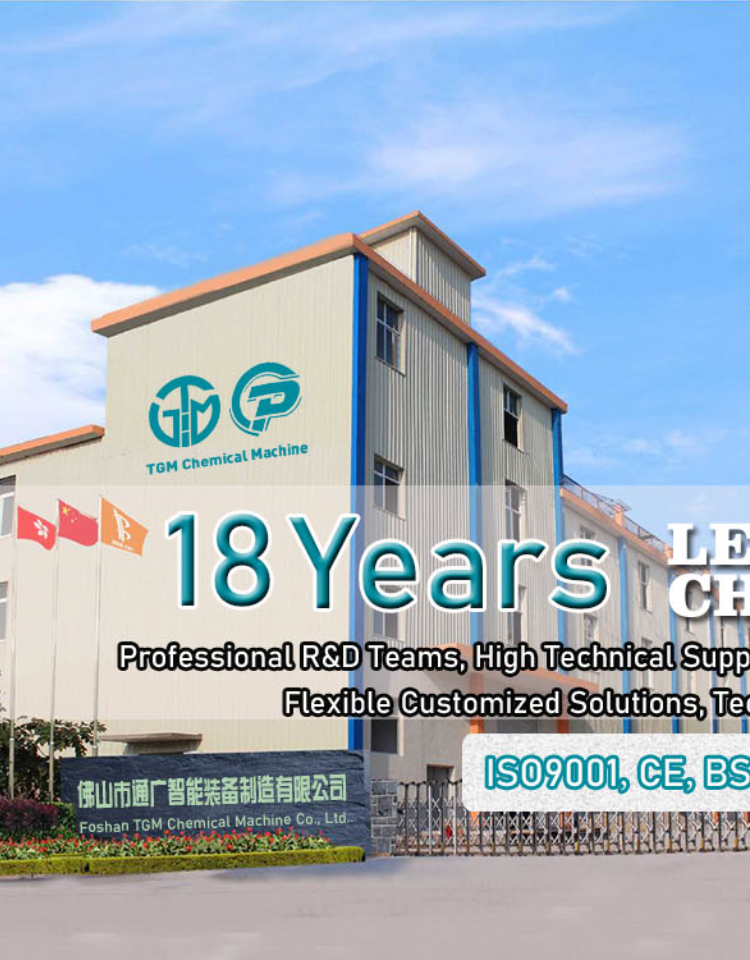Email cannot be empty
Password cannot be empty
Email format error
Email cannot be empty
Email already exists
6-20 characters(letters plus numbers only)
The password is inconsistent
Email format error
Email cannot be empty
Email does not exist
6-20 characters(letters plus numbers only)
The password is inconsistent


Styrene Acrylic Production Line: An Overview
Introduction
Styrene acrylic emulsions are widely used in coatings, adhesives, textiles, and construction materials due to their excellent durability, weather resistance, and adhesion properties. The production of styrene acrylic involves a carefully controlled polymerization process. In this blog, we will explore the key components and stages of a styrene acrylic production line.
Key Components of the Production Line
-
Raw Material Storage & Feeding System
-
Styrene & Acrylic Monomers: The primary raw materials, stored in temperature-controlled tanks.
-
Initiators & Additives: Chemicals like peroxides or azo compounds initiate polymerization, while surfactants and stabilizers ensure emulsion stability.
-
Water Purification Unit: Demineralized water is essential to avoid impurities affecting product quality.
-
-
Pre-Mixing Tank
-
Monomers, water, and additives are pre-mixed to form a uniform emulsion before polymerization.
-
-
Reactor (Polymerization Vessel)
-
The heart of the production line, where the emulsion polymerization occurs.
-
Temperature, pressure, and stirring speed are precisely controlled for optimal reaction.
-
Cooling jackets maintain the temperature to prevent runaway reactions.
-
-
Condenser & Cooling System
-
Removes excess heat generated during the exothermic polymerization process.
-
-
Neutralization & pH Adjustment Tank
-
After polymerization, the pH is adjusted using ammonia or other alkaline agents to stabilize the emulsion.
-
-
Filtration & Quality Control
-
The product is filtered to remove any coagulum or impurities.
-
Lab tests (viscosity, solid content, particle size) ensure consistency.
-
-
Storage & Packaging
-
The final emulsion is stored in stainless steel tanks before being packed into drums, IBCs, or tankers for shipment.
-
Production Process Flow
-
Emulsion Preparation – Monomers, water, and surfactants are mixed.
-
Polymerization – The mixture is heated under controlled conditions to form polymer chains.
-
Cooling & Stabilization – The reaction is stopped, and the product is cooled.
-
Neutralization & Additive Incorporation – Adjustments are made for stability and performance.
-
Filtration & Testing – Ensures product meets specifications.
-
Packaging & Storage – Ready for distribution.
Advantages of Styrene Acrylic Emulsions
-
Excellent adhesion to various substrates.
-
Good water resistance and weatherability.
-
Low VOC (Volatile Organic Compounds), making them environmentally friendly.
-
Versatile applications in paints, coatings, and adhesives.
Conclusion
A styrene acrylic production line requires precise control over raw materials, reaction conditions, and quality checks to ensure a high-performance final product. With increasing demand for eco-friendly coatings, the production of styrene acrylic emulsions continues to grow, driven by their superior properties and wide-ranging applications.

